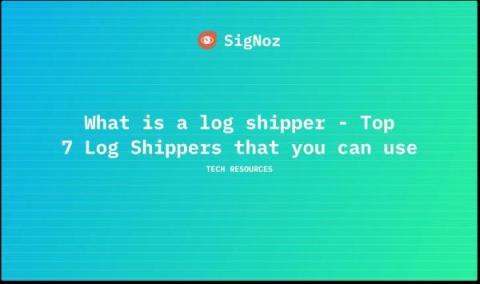Incident Template Library
We recently announced a new feature to enhance how you communicate with your users during maintenance, incidents, and general service updates. Status Page Templates allows you to save and re-use status updates - but how do you know what incidents might happen or what updates you need to keep users informed about until it's too late? We have put together a library of ready-to-use templates designed to keep your users informed with clear, concise and consistent messaging.










